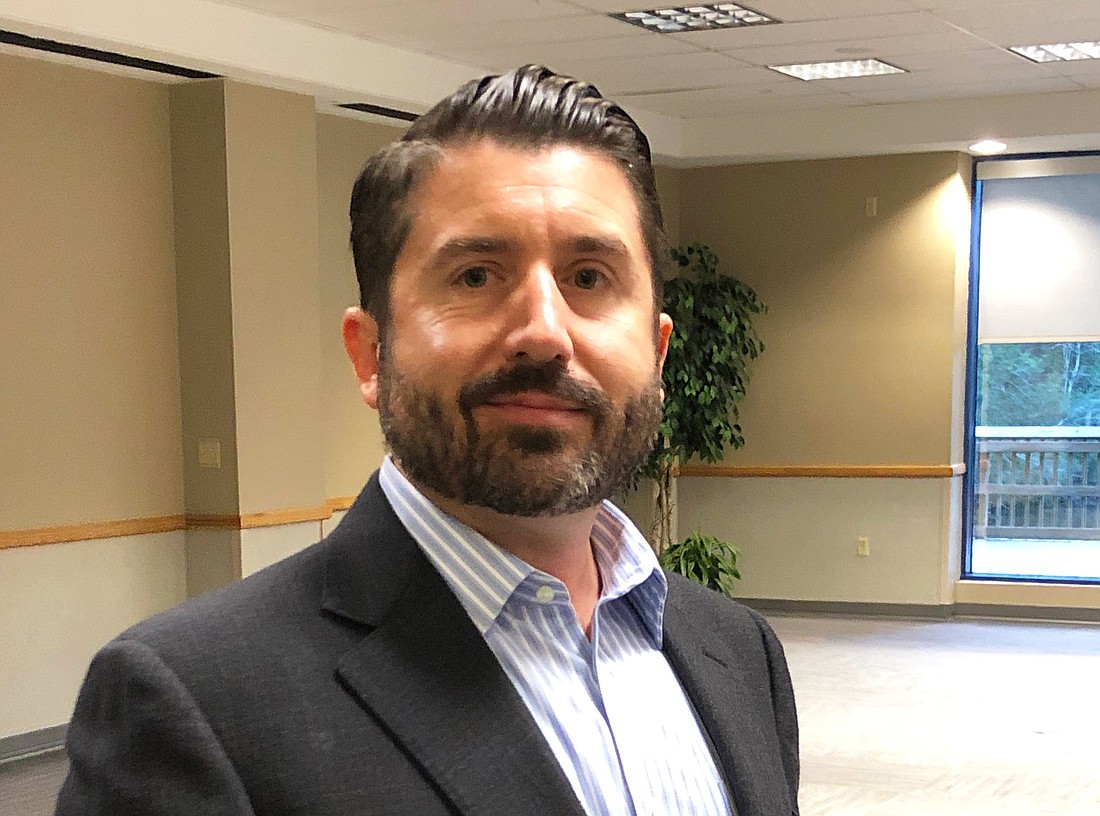
While the median sales price of housing is rising and affordability is changing how people buy homes, there are no signs of a housing bubble, according to data and an industry presentation.
Northeast Florida Association of Realtors statistics indicate the April 2019 median home sales price of $225,000 is up 1.5% over the annual 2018 median sales price of $221,500.
The median sales price in 2018 increased 8% over 2017.
NEFAR’s numbers also indicate an 8% drop in the affordability index for the first quarter, showing it is more difficult for prospective buyers to qualify for the median-priced home with current interest rates. April’s median pricing went down slightly, reducing the drop to 6%.
NEFAR statistics reflect a trend since the end of 2011.
“While affordability concerns remain, there is no sign of a housing bubble,” said Toby Hoff, regional director of the Metrostudy research firm in a March 1 presentation to the Northeast Florida Builders Association Sales & Marketing Council.
Metrostudy provides residential construction real estate and housing market analysis.
A housing bubble is caused by speculation in the market that runs up real estate prices. When it bursts, prices collapse, such as in the bubble of the mid-2000s and the Great Recession.
“The upside of price appreciation is that Florida is close to recovering all of the home equity wealth lost in the housing market collapse,” Hoff said.
Affordability is a growing concern. Developers and builders are dealing with rising land and material costs, pushing housing prices higher.
“As things get more expensive, buyers are paying more and more, which means they can afford less and less, so we’re losing this very valuable $200,000 segment,” Hoff said.
That segment of home prices is “going to slowly disappear,” Hoff said. “The new ‘under $200,000’ is the $200,000 to $250,000 (range), that’s up 24% year over year,” he said.
“There is going to be a limit to what people can afford,” he said.
As affordability changes buying power, developers and builders look for options, such as higher density townhome developments. Increasing the number of units per acre lowers the price point.
Hoff said in “the environment of rising costs, builders should focus on what buyers need and not what they want but aren’t willing or able to pay for.”
Affordability also is driving some buyers to look for homes in Duval and Clay counties rather than focus solely on St. Johns County, long a destination for some pockets of upper-scale housing and for families who want to live in the highly rated school district.
“Buyers are starting to make concessions that they wouldn’t have made a few years ago. Buyers are beginning to drive farther in order to chase affordability,” Hoff said.
Metrostudy is scheduled to present a market update to NEFBA at 1 p.m. June 26 at the NEFBA auditorium in Southpoint. For information, visit nefba.com.